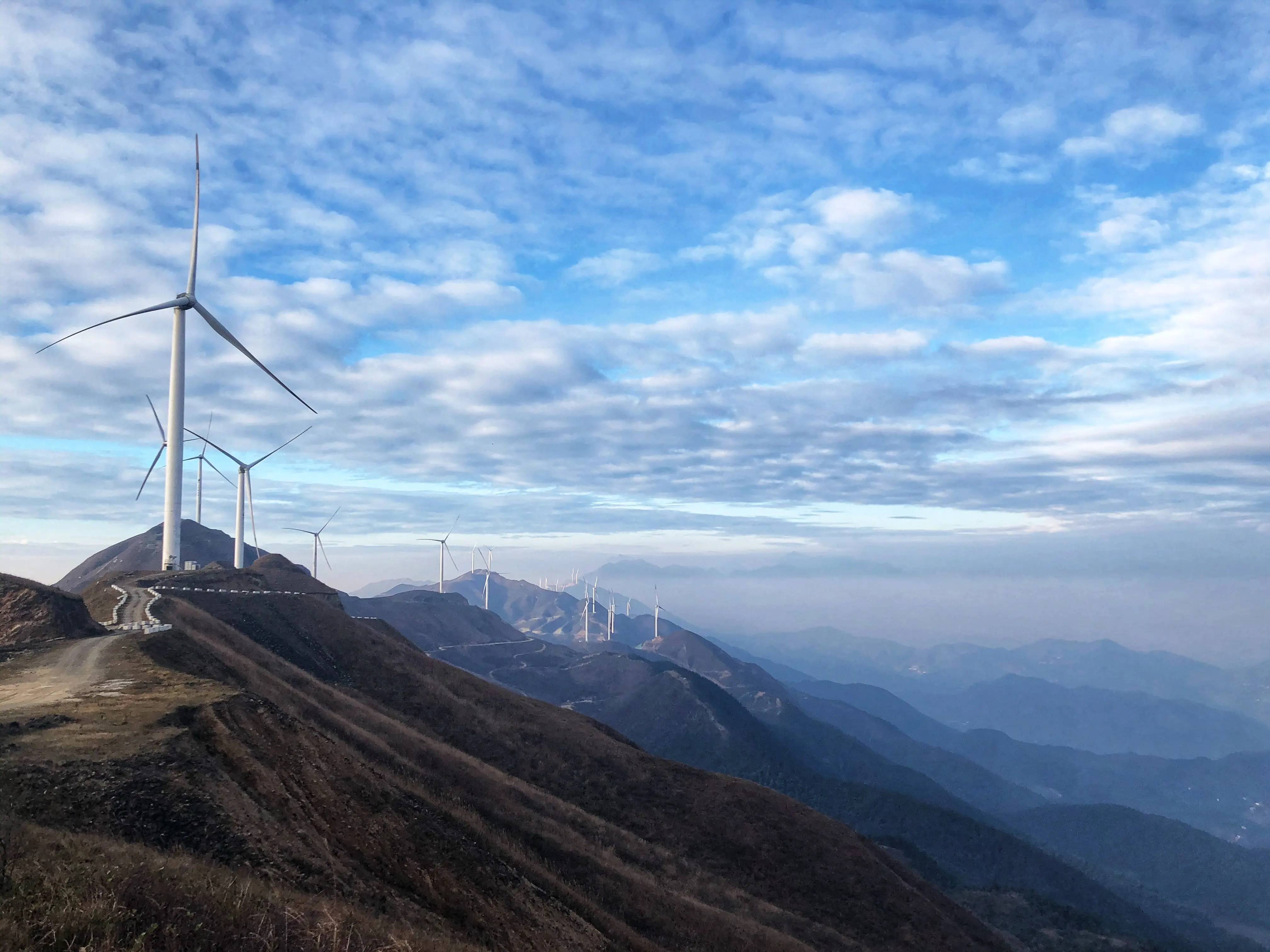
Jan . 27, 2024 16:38 Back to list
Microgrids: An idea whose time has come?
As the global population continues to grow, there is an increasing demand for electricity. However, there are several challenges that need to be addressed. Currently, more than a billion people worldwide do not have access to energy grids, including around 200,000 people in Canada who are not connected to the North American electrical grid and natural gas distribution pipeline systems.
Natural disasters and extreme weather events are also causing disruptions in power supply, leading to mass blackouts that can last for days. Moreover, when one component of the transmission system fails, it can affect the entire grid, resulting in widespread power outages.
To tackle these issues, the concept of microgrids has gained popularity. A microgrid is a energy system that can operate independently or in conjunction with larger grids. It contains all the necessary components to provide electricity to a specific community, typically serving a smaller population of around a thousand or a few hundred people. This approach decentralizes the power supply generation and distribution process, making it more resilient and less prone to grid failures.
Unlike large-scale energy grids that connect buildings to central power supply sources like coal, nuclear, and gas plants, a microgrid functions as an isolated island. This independence can prove beneficial during crises such as storms or outages. Many microgrids utilize a combination of renewable energy sources and batteries, with natural gas serving as backup. While microgrid power supply is not necessarily more reliable, communities located far away from larger power sources can benefit from the localized control and ownership of electricity generation.
One notable example of a microgrid is the one built in Sendai, Japan over a decade ago. This microgrid is powered by a mix of solar energy, gas, and battery storage. During the devastating 2011 tsunami and earthquake, the Sendai microgrid provided power and heat to the teaching hospital of the Tohoku Fukushi University, ensuring crucial services were maintained even during widespread blackouts.
The impacts of power outages on society and the economy are significant, and the climate crisis exacerbates these challenges. Jana Ganion, energy director for Blue Lake Rancheria, an Indigenous reserve in California, emphasizes the urgent need for solutions, stating, "Widespread power outages cause a lot of social and economic damage and destruction. And the climate crisis is making all of this worse." Blue Lake Rancheria successfully launched a solar microgrid in 2015, providing electricity to thousands of people nearby when millions of Californians had their power supply shut off due to wildfire risk.

However, setting up a microgrid can be a costly endeavor, particularly in densely populated urban or suburban areas with existing infrastructure. Consumers tend to stick with what is already in place, and for the majority of Canadians, that means relying on hydroelectric power supply. Nuclear and coal plants are also significant power sources in the country. Raising the necessary capital for building power plants, whether they are traditional or microgrids, is challenging for some countries. The autonomy and self-sufficiency that microgrids offer can be especially relevant in such cases.
There are nearly 300 remote communities across Canada that heavily depend on diesel-powered microgrids for electricity generation. Recognizing the need for greener options, the Canadian federal government has been working with regional entities over the past decade to explore and implement more sustainable energy solutions. In addition to providing electricity, microgrids could also play a crucial role in accessing clean drinking water by powering the treatment process.
In conclusion, the global demand for electricity continues to rise, and challenges such as lack of access to energy grids and disruptions caused by natural disasters persist. Microgrids have emerged as a promising solution, offering localized power supply generation and distribution systems that can operate both independently and in conjunction with larger grids. While establishing microgrids can be costly, they provide autonomy and resilience, especially in remote areas or during crises. Exploring greener options, such as renewable energy sources, battery storage, and natural gas backup, can make microgrids even more sustainable and beneficial for communities.
Will be removed if infringing
Reference website:https://www.cbc.ca
-
Stackable Battery System: Revolutionizing C&I Energy Storage with Suzhou ACDC
NewsJul.21,2025
-
Revolutionizing EV Charging with Suzhou DC Quick Charging Stations Solutions
NewsJul.21,2025
-
Revolutionize Your Power Needs with Suzhou ACDC's Portable Power Station Solutions
NewsJul.21,2025
-
Outdoor Integrated Temperature Control Cabinet: Elevating Energy Storage Cabinet Efficiency
NewsJul.21,2025
-
Container Type Energy Storage System: Revolutionizing Energy Storage with Stackable Battery Solutions
NewsJul.21,2025
-
Advanced Self-Cooling Energy Storage Cabinet Solutions
NewsJul.21,2025























